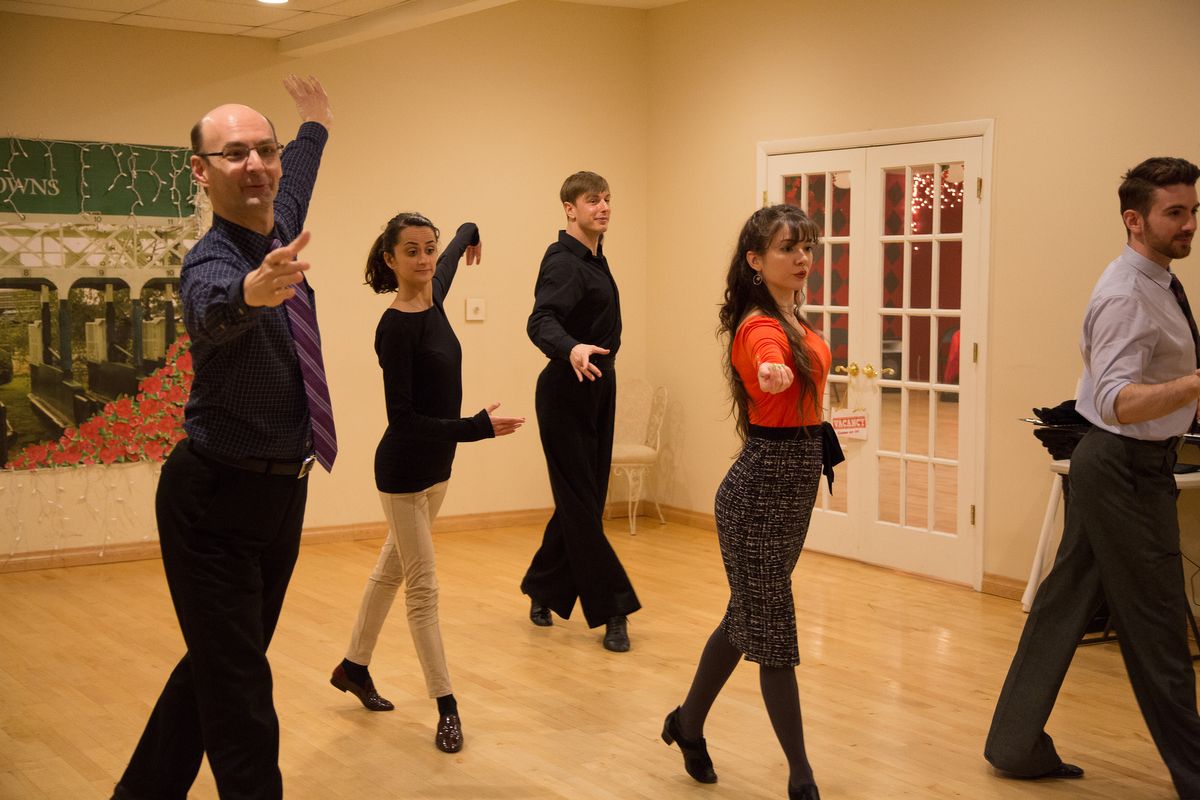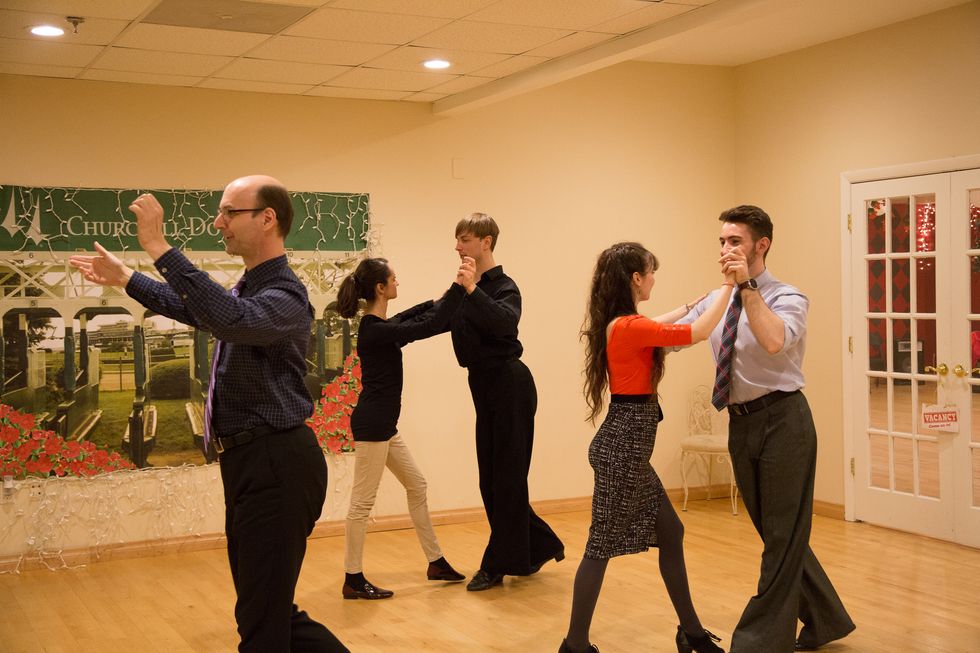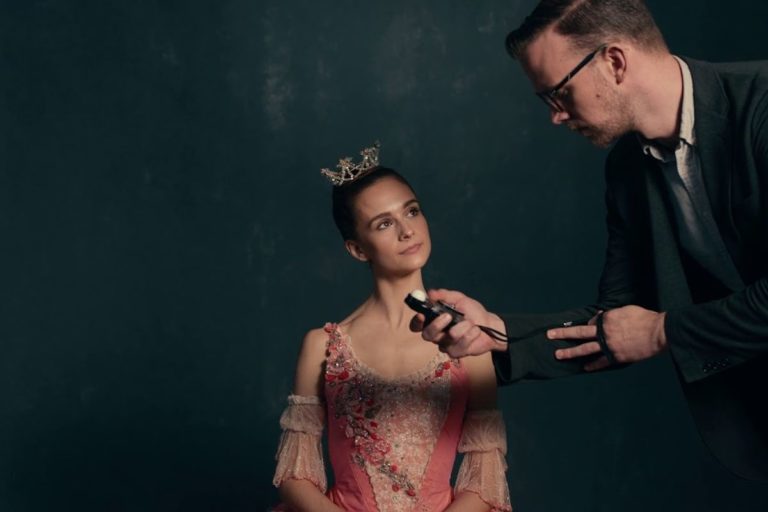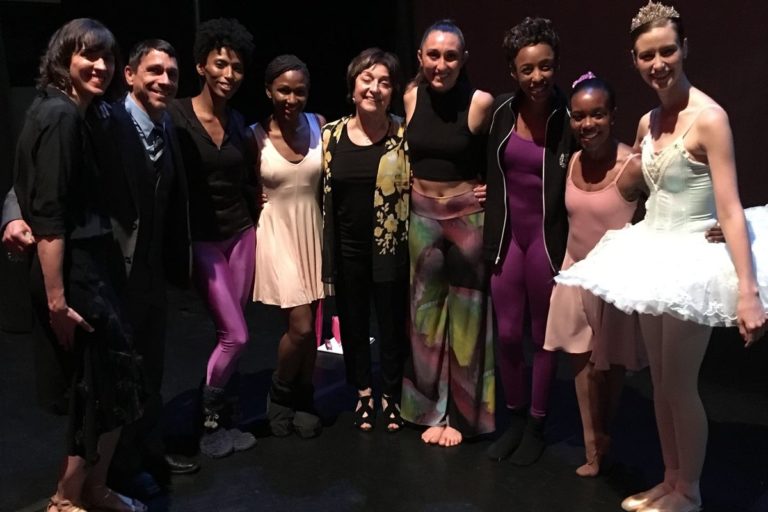
As the director of dance at Fred Astaire Dance Studio in Belmont, Massachusetts, Istvan Cserven organizes the biannual student showcases, prepares dancers for competition and trains new instructors. On top of all that, he teaches the upper-level technique classes. A former ballroom champion in Hungary, he is well-acquainted with both rhythm and smooth ballroom-dance styles.
“Even though ballroom dancing is partner dancing, I let them dance by themselves to build more balance and coordination,” he says. “Then they are able to dance better together.” His students spend 60 to 80 percent of class time practicing the ballroom patterns and techniques on their own. Then, as they get more comfortable with the footwork and turning, he pairs students up to learn leading and following. “I consistently have them switch partners,” he says. “It builds up their ability to dance with different people.”
 Photo courtesy of Fred Astaire Dance Studio
Photo courtesy of Fred Astaire Dance Studio
Building blocks are a key part of Cserven’s method, one he’s developed over his 30 years of teaching ballroom dance in Hungary and the U.S. “I never teach a combination from the beginning to the end,” he says. “I usually start off with something very simple. It could be just shifting the weight from one foot to the other or doing rocking movement forward and backward.” Smooth dances, like the waltz, fox-trot and tango, are his favorites to teach. To practice the “rise and fall” that is fundamental to these dances, he has the class do a series of pliés and relevés next to the wall. “I like to teach specific patterns or steps,” he says. “I work on the pattern itself and then go into the technique that makes that pattern really look good.”




